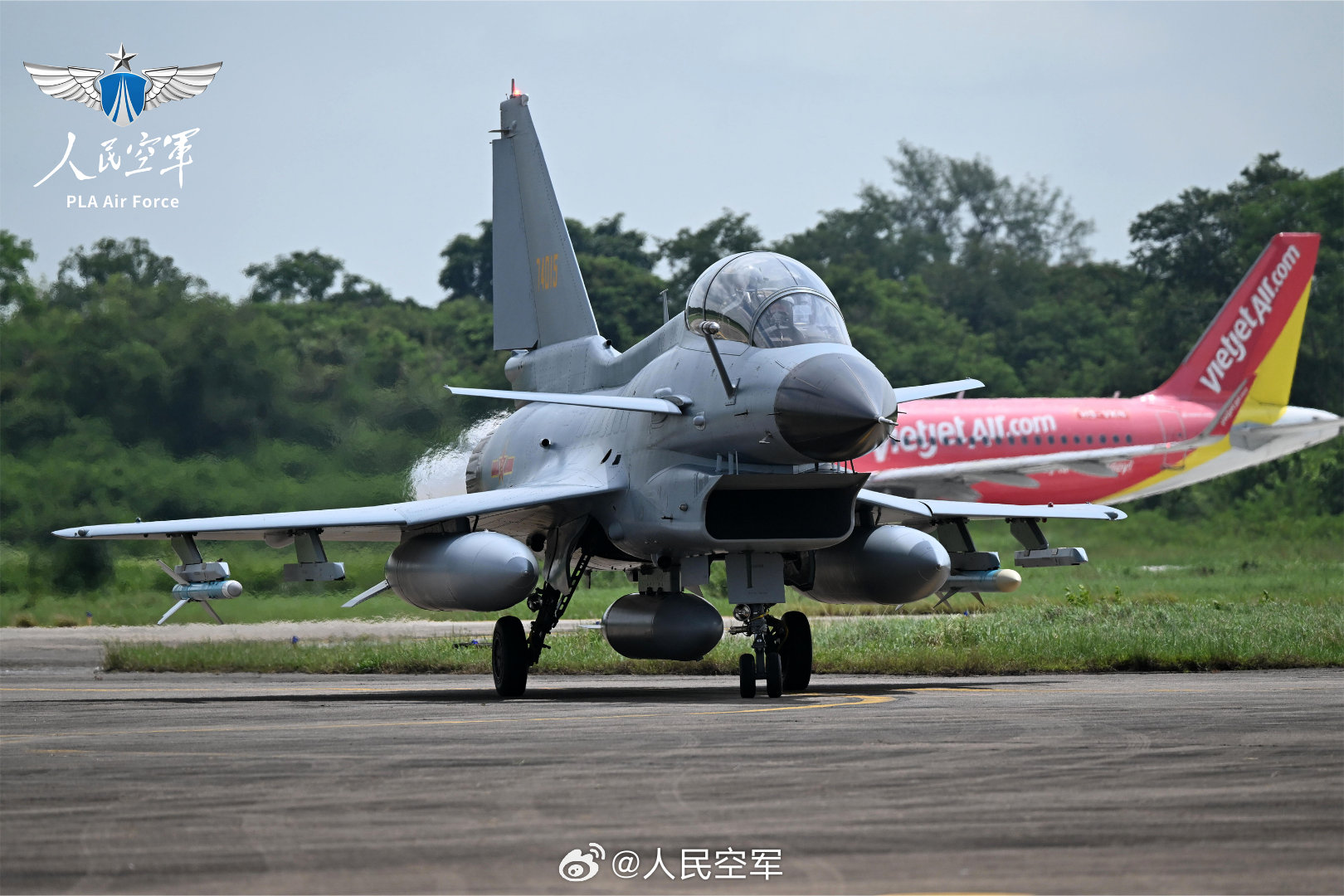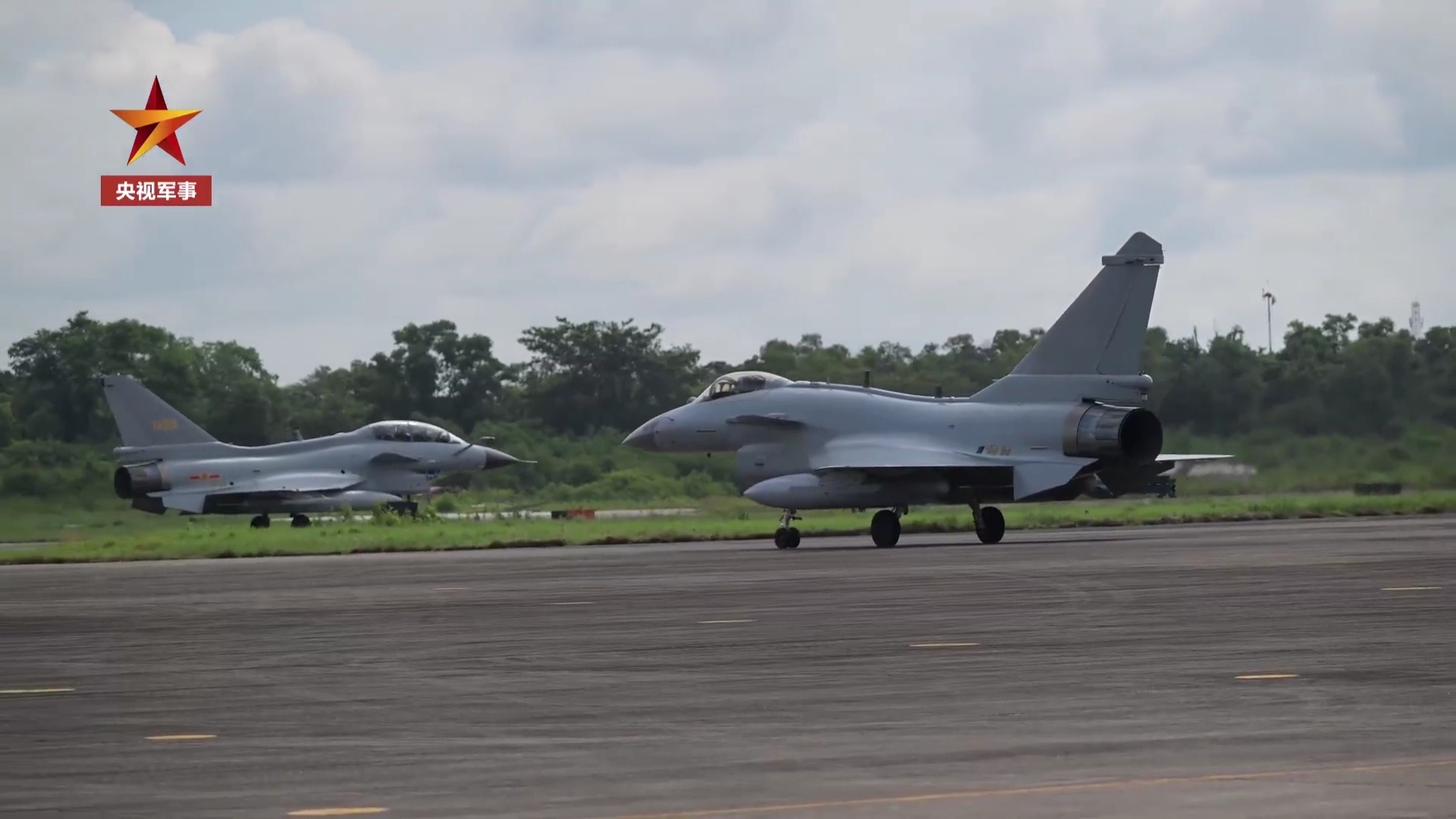China’s J-10C Fighter Jets and Thailand’s JAS39 Gripen “Face Off” in Falcon Strike 2024 Exercise
According to the Chinese nationalist newspaper, Global Times, the 2024 "Falcon Strike" exercise provides an opportunity for the China's People's Liberation Army Air Force (PLAAF) to learn and deepen Western air warfare strategies and tactics because Thailand is a user of Western fighter planes and practices Western air warfare tactics.
(DEFENCE SECURITY ASIA) — Fighter jets from the Royal Thai Air Force, specifically the JAS39 Gripen, and China’s People’s Liberation Army Air Force (PLAAF), featuring the J-10C, are set to “face off” once again in the upcoming joint air exercise, “Falcon Strike 2024.”
This exercise will commence this Sunday and run until August 29 at the Royal Thai Air Force Base in Udon Thani, a site previously utilized by the United States Air Force during the peak of the Vietnam War.
This year marks the seventh instance of the “Falcon Strike” joint air exercises between the two nations, underscoring the strength of military ties between Thailand and China.
According to the Chinese nationalist newspaper, Global Times, “Falcon Strike” offers the Chinese Air Force an opportunity to study and gain deeper insights into Western air combat strategies, as Thailand operates Western-made fighter jets.
Despite being a U.S. treaty ally, Thailand maintains one of the closest military relationships with China among Southeast Asian nations, particularly after the military coup in 2014.

Bangkok is also a significant purchaser of Chinese-made weaponry, including tanks, armored vehicles, air defense systems, and warships.
A statement from China’s Ministry of Defense revealed that China will deploy its aircraft and special forces to the joint air exercise, which aims to enhance the combat skills of both nations’ military personnel and deepen practical exchanges and cooperation.
While the types of combat aircraft China will deploy have not been officially disclosed, social media images show PLAAF’s J-10C fighter jets already arrived at the Thai Air Force Base in Udon Thani.
The J-10C is the latest variant of the J-10 fighter jet, equipped with an Active Electronically Scanned Array (AESA) radar and China’s advanced air-to-air missiles, such as the infrared-guided PL-10 and the AESA radar-guided PL-15, which have extended-range capabilities.
Developed by the Aviation Industry Corporation of China, the J-10C is capable of achieving air superiority and striking ground and naval targets.
First unveiled to the public in July 2017 and entering combat service in 2018, the J-10C variant reportedly features a smaller radar cross-section and superior capabilities compared to its predecessors, the J-10A and J-10B.

Regional military observers estimate that the PLAAF operates around 150 J-10C fighter jets.
In addition to the J-10C fighters, PLAAF is also believed to be deploying KJ-500 early warning aircraft and other combat aircraft to the joint exercise in Thailand.
The Royal Thai Air Force is expected to send its Swedish-made JAS39 C/D Gripen fighter jets to engage with the Chinese J-10Cs.
Thailand originally purchased 12 Gripen jets from Saab Group in Sweden, though one was lost in a crash during an air show in Hat Yai several years ago.
Bangkok is expected to acquire another 12 Gripen fighters, though the competition remains open between the Swedish-made jets and the American-made F-16 from Lockheed Martin.

Sources cited by the Bangkok Post indicate that the RTAF is likely to choose the Swedish Gripen to meet its needs, outpacing the F-16 Block 70.
Thailand is expected to announce its fighter jet selection by the end of this year. — DSA



Comments are closed.